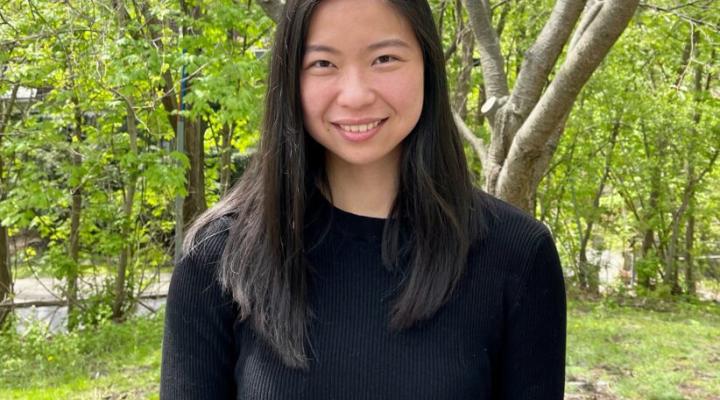Bashayer Aldakkan is a doctoral student in materials science and engineering from Riyadh, Saudi Arabia. She earned her B.Sc. from Penn State University, double majoring in chemical engineering and economics, and her M.S. from Cornell University in materials science and engineering and now studies the synthesis of polymeric nanoparticles that are responsive to local stimuli under the guidance of Emmanuel Giannelis at Cornell.
What is your area of research and why is it important?
My area of research focuses on the synthesis of polymeric nanoparticles that are responsive to local stimuli; such that changes in pH, salinity, and temperature can either (i) prompt variation in their surface/mechanical properties and conformation/spatial configuration (swelling/shrinking) or (ii) they can undergo specific reactions to produce active agents. These nanoparticles can also be designed with enhanced colloidal stability by anchoring charged polymer chains or “brushes” on their surface achieving both steric and electrostatic stabilization and extending the system’s applications to cover extreme conditions. Responsive nanoparticles that are stable are great candidates for multitude of applications including energy production, environmental remediation, therapeutics/bioimaging, Pickering emulsions, and targeted delivery of surface-active agents.
What are the larger implications of this research?
The ability to have this control on the material design at the nano-scale allows us to cover various fields depending on the desired material property and corresponding application. For example, in the field of environmental remediation of oil spills in seawater, controlled surfactant release is required as they can self-assemble at the oil-water interface (lowering interfacial tension) and can break big oil droplets into small emulsions that can be degraded by microorganisms. So, we designed a nanoparticle system that can be triggered by water (hydrolyzed) and this hydrolysis is accelerated by the presence of salts (seawater conditions) to generate the surfactant of interest. This provides a cost-effective approach as neat surfactant can be spent at a specific location whereas a slow-release approach from the nano-carriers provides a prolonged, extended-release profile to cover larger regions.
Read the full article.




